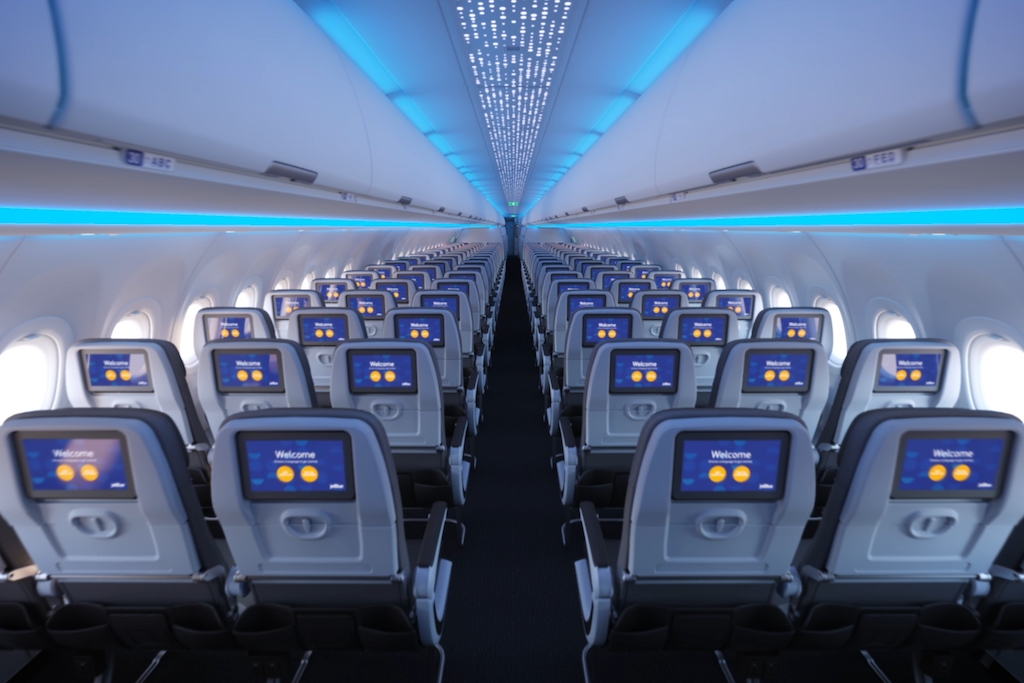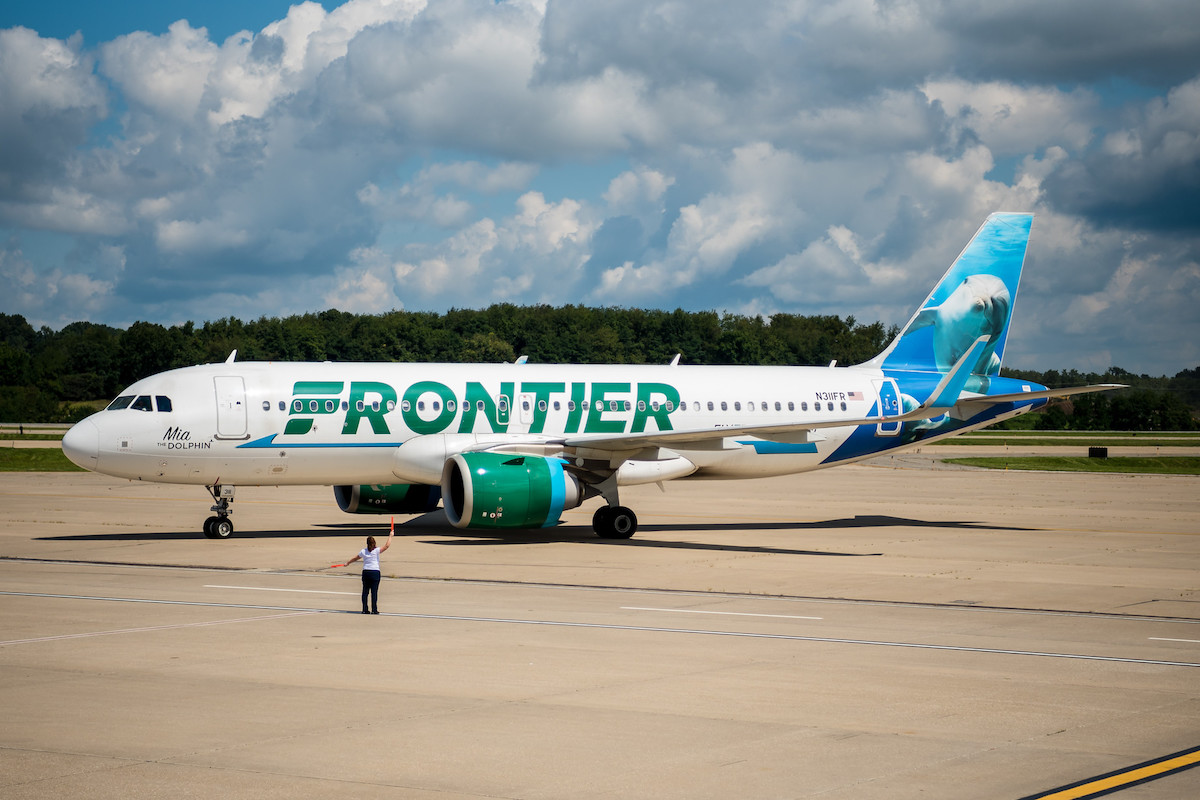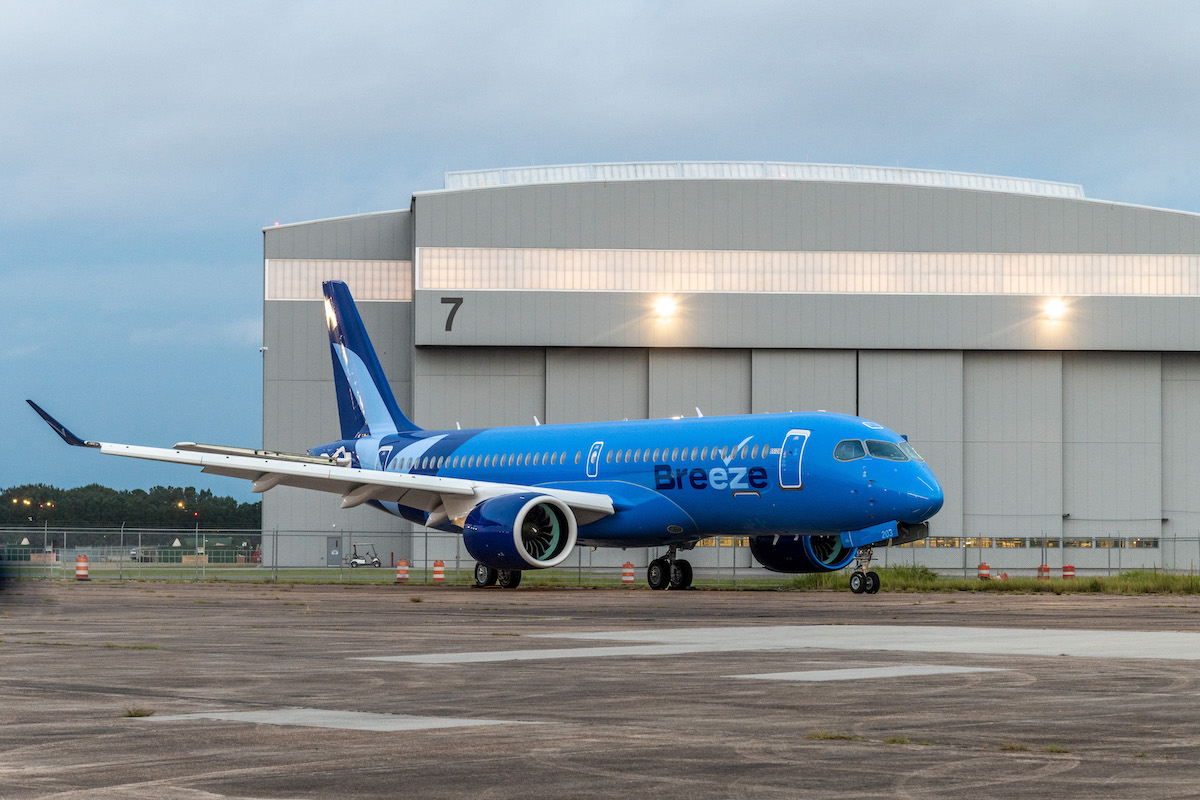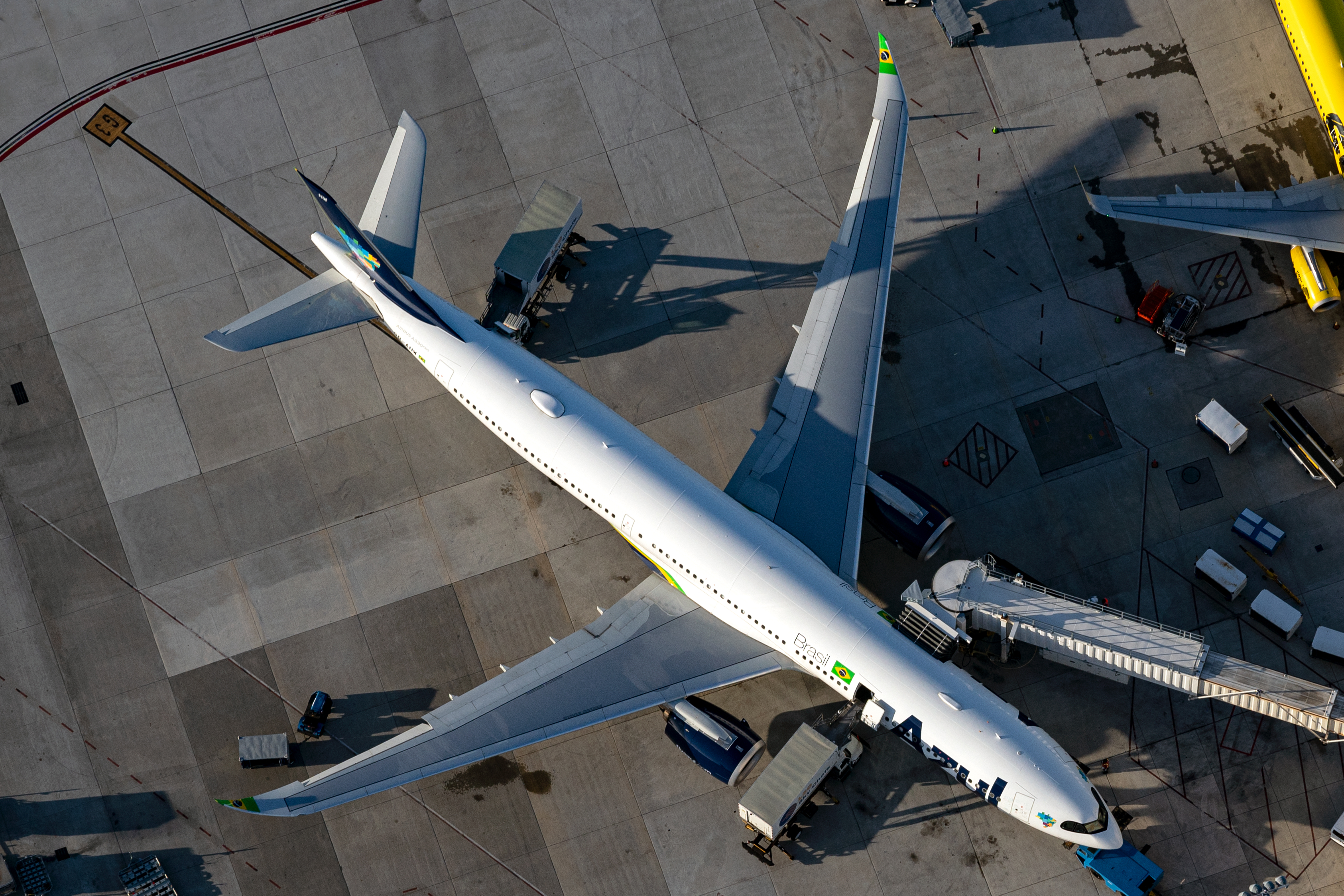How Was Q2 for JetBlue?

Apple Podcasts | Spotify | YouTube | RSS
In part one, Gordon Smith and Jay Shabat discuss the latest earnings from JetBlue and examine the U.S. carrier's turnaround plan. In part two, we turn our attention to IndiGo and discover what makes it the world's most ambitious airline.
JetBlue Q2 Earnings Summary:
- JetBlue reported a net profit of $26 million for the last quarter.
- Achieved a 2% margin, which is lower than competitors like Southwest.
- Forecasts losses for the remainder of the year, marking the fifth consecutive year of losses.
- Key issues: Engine problems, operational challenges in busy airspaces, cost inflation, and overcapacity in certain markets.
JetBlue's Challenges:
- Engine issues with Pratt & Whitney’s GTF turbofans, causing significant maintenance downtime.
- Operational inefficiencies in busy airspaces, particularly in the Northeast US.
- High non-fuel cost inflation impacting labor, maintenance, and airport costs.
- Overcapacity in markets like East Coast to the Caribbean, leading to revenue struggles.
JetBlue's Turnaround Plan (JetForward):
- Operational Improvements: Enhancing reliability and possibly adjusting schedules for better performance.
- Fleet Adjustments: Deferring new aircraft deliveries to manage costs and operational efficiency.
- New Products and Services: Introduction of new offerings to improve revenue, though specifics are yet to be disclosed.
- Network Changes: Reducing presence in business-heavy markets like LaGuardia, Newark, and Los Angeles while expanding in stronger markets like New England and San Juan, Puerto Rico.
Additional Context:
- Market Dynamics: Competitiveness in markets like Boston, impacted by other airlines like Spirit.
- Capacity Adjustments: Industry-wide reduction in domestic seat capacity expected in the upcoming quarters.
- Industry Consolidation: Consolidation in the US airline industry allows for better management of cost inflation through capacity reduction.
- Fuel Prices: Stable fuel prices have been beneficial, but future fluctuations remain a concern.
Photo: JetBlue Airways
Up Next
The Airline Weekly Lounge Podcast
Is Southwest Airlines Losing its Magic?
Southwest just had its first round of compulsory layoffs in its history. What does that mean for the low-cost pioneer and the industry as a whole?
The Airline Weekly Lounge Podcast
Breaking Down Japan Airlines and British Airways
After a sensational run of impressive profits in the 2010s, what can Japan Airlines do to restore its weakened commercial cut-through?
The Airline Weekly Lounge Podcast
What a Frontier-Spirit Merger Means for Air Travel
There are plenty of ifs, buts, and maybes, however, if a Frontier-Spirit merger does occur, it'll shake up the U.S. airline industry in a huge way.
The Airline Weekly Lounge Podcast
Breeze Airways' Big Break: A ULCC Finally Profits
As earnings season gathers pace, Jay Shabat and Meghna Maharishi take stock and share their insights on the latest numbers from Breeze Airways and American Airlines.
The Airline Weekly Lounge Podcast
Setting the Scene for a Brazilian Airline Mega-Merger
Azul-Gol's possible merger and Lufthansa's ITA Airways acquisition shake up airline competition in South America and Europe.




